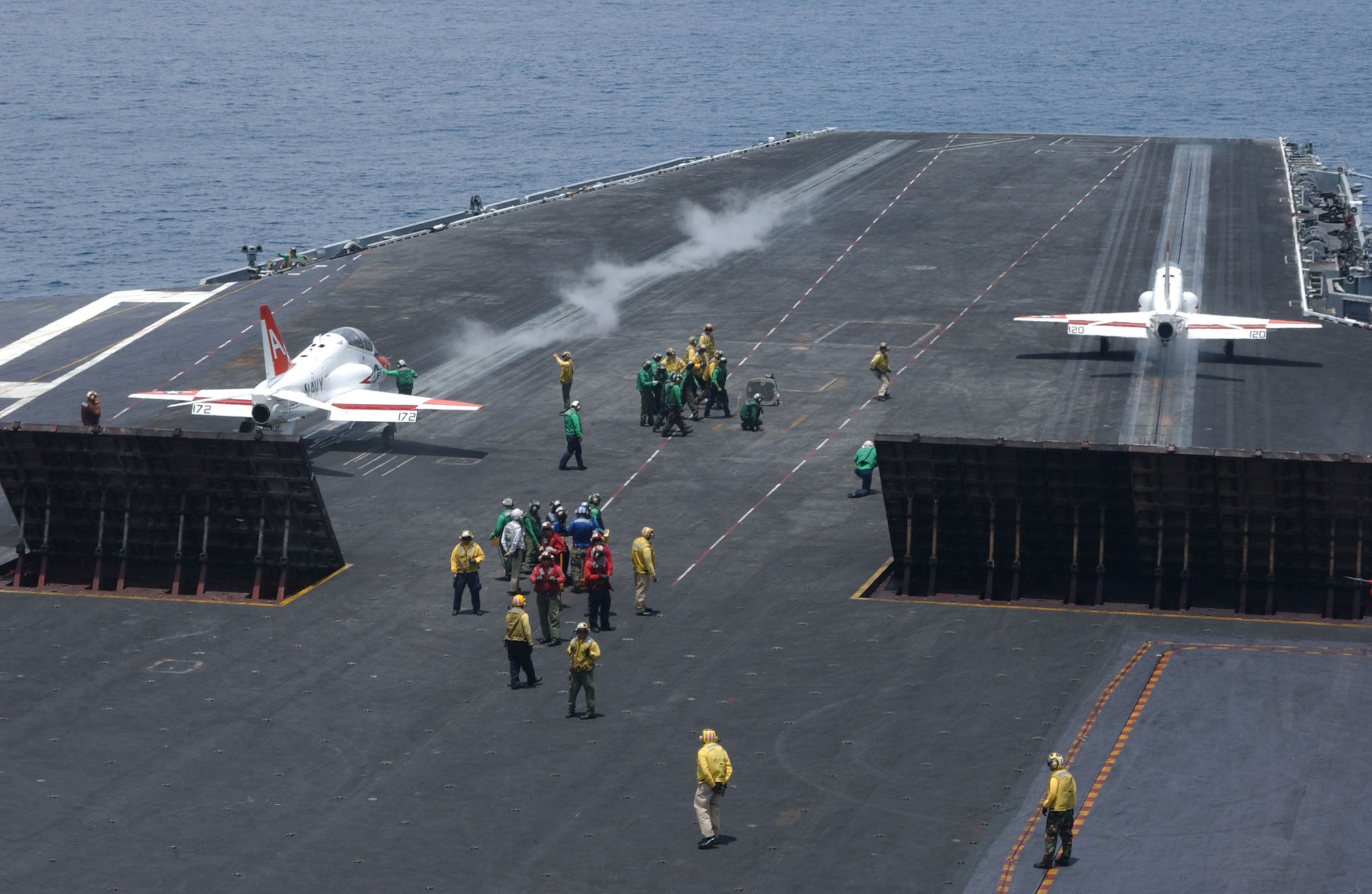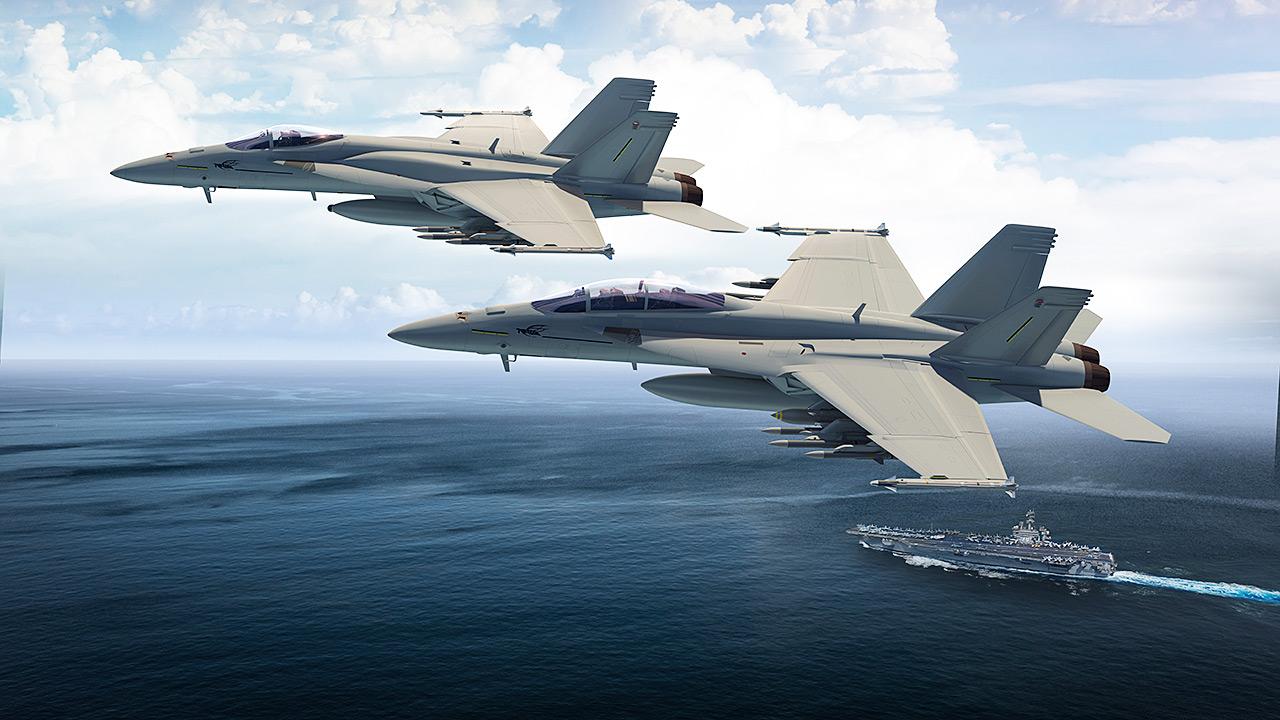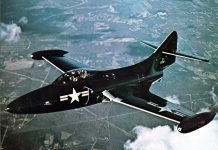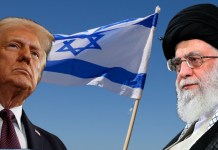The US has sent a carrier strike group (CSG) in the Mediterranean in a show of force to Russia. The carrier strike group led by Nimitz Class aircraft carrier USS Harry S. Truman is deployed within the operational range of Ukraine.
China’s ‘Mind-Boggling’ Claims – New AI System Can Design Hypersonic Weapons By Itself Without Human Intervention
Since the US government declared the war on terror 20 years ago, its aircraft carriers have mainly operated in the Middle East. After that with the Obama administration’s 2012 “Pivot to East Asia”, these aircraft carriers saw increased deployments in the Pacific directed towards China.
However, Russia’s war with Ukraine has shifted the US’ focus back to Eastern Europe nearly 40 years after the end of the Cold War following the breakup of the Soviet Union.
The USS Truman’s strike group is now in the northern Ionian Sea with its fighter jets and radar planes patrolling NATO’s eastern borders to prevent further Russian aggression after its attack on Ukraine.
Furthermore, Truman will serve as a mobile airbase on the front line if NATO decides to intervene in the Ukraine conflict or NATO forces are drawn in a direct conflict with Russia.
“The role of Truman, with other allies, is to deter Russians from further aggression and to be on constant standby for orders that might be given from our president or from other leaders around the world for the protection of Ukraine and the people of Ukraine,” Secretary of the US Navy Carlos Del Toro told Politico.
Fully-Armed ship
The 20-story nuclear-powered Truman is the flagship of a strike group consisting of a mobile fighting force of up to 10 destroyers and submarines, 8 aircraft squadrons and a missile cruiser that is capable of operating anywhere in the world’s seas, launching missiles or air strikes or simply project power to demonstrate American dominance.
Reports suggest that the combat aircraft onboard the USS Harry Truman includes F-18E/F Super Hornet medium weight fourth-generation fighters and EA-18G Growler electronic attack jets; and they are supported by the E-2 airborne early warning (AEW) aircraft.
The strike group’s escorts deploy Tomahawk cruise missiles for long-range precision strikes and a wide array of missiles for air defense.
If NATO decides to impose a ‘no-fly zone’ over Ukraine and Truman’s strike group is called in to help enforce it, the E2 will act as a command and control aircraft in the airspace to detect incoming threats such as aircraft or projectiles and direct the F-18s and EA-18Gs or the naval vessels escorting the carrier in their respective missions.
The F-18 Super Hornet can conduct strikes on enemy positions as a preventative measure to prevent them from conducting aerial attacks or land-based missile attacks. The EA-18Gs can provide the strike group with electronic warfare capabilities to jam the enemy radars and employ high-speed anti-radiation missiles against the enemy surface to air missile systems.
Also, NATO may decide to launch a humanitarian airlift operation with the purpose of evacuating Ukrainian people. In such a scenario, airplanes used for evacuation will have to be escorted by combat aircrafts such as F-18s to defend against airborne threats.

In The Thick Of Action
The US has deployed Truman before for humanitarian purposes. For example, in 2001, Truman was dispatched to the Persian Gulf to enforce a no-fly zone over Iraq to protect the ethnic Kurdish minority and Shiite Muslims from the aerial attacks by the Iraqi government led by Saddam Hussein.
There is a consensus between the US and NATO that a no-fly zone cannot be declared over Ukraine as it will involve direct conflict with Russia.

President Biden has made it clear that the US and NATO “will not fight a war against Russia in Ukraine”, as direct confrontation between NATO and Russia would mean “World War III”.
Nevertheless, the deployment of Truman to the Mediterranean is certainly a huge boost to NATO’s territorial security and an effective measure to deter the Russian forces in this region.
“There are numerous Russian ships and subs in the Mediterranean today and that’s why it’s important for NATO to have an equal presence, to deter them,” Del Torro said, adding: “The only thing Putin understands is strength.”
Also, this dedicated presence of the U.S. forces in the Mediterranean in strong support for NATO is somewhat unprecedented.
“We are working at a level with NATO allies that most of the folks on board have never seen,” said Lt. Commander Shawn Eklund, a spokesman for the carrier group. “Usually we would zorch [sic] through the Med to the Middle East then zorch [sic] back, It’s very unusual to hang around here.”
- Written by Tanmay Kadam/EurAsian Times Desk
- Contact the author at etdesk@eurasiantimes.com
- Follow EurAsian Times on Google News




